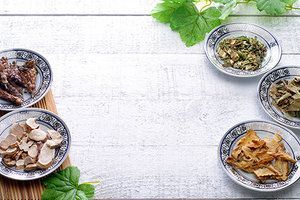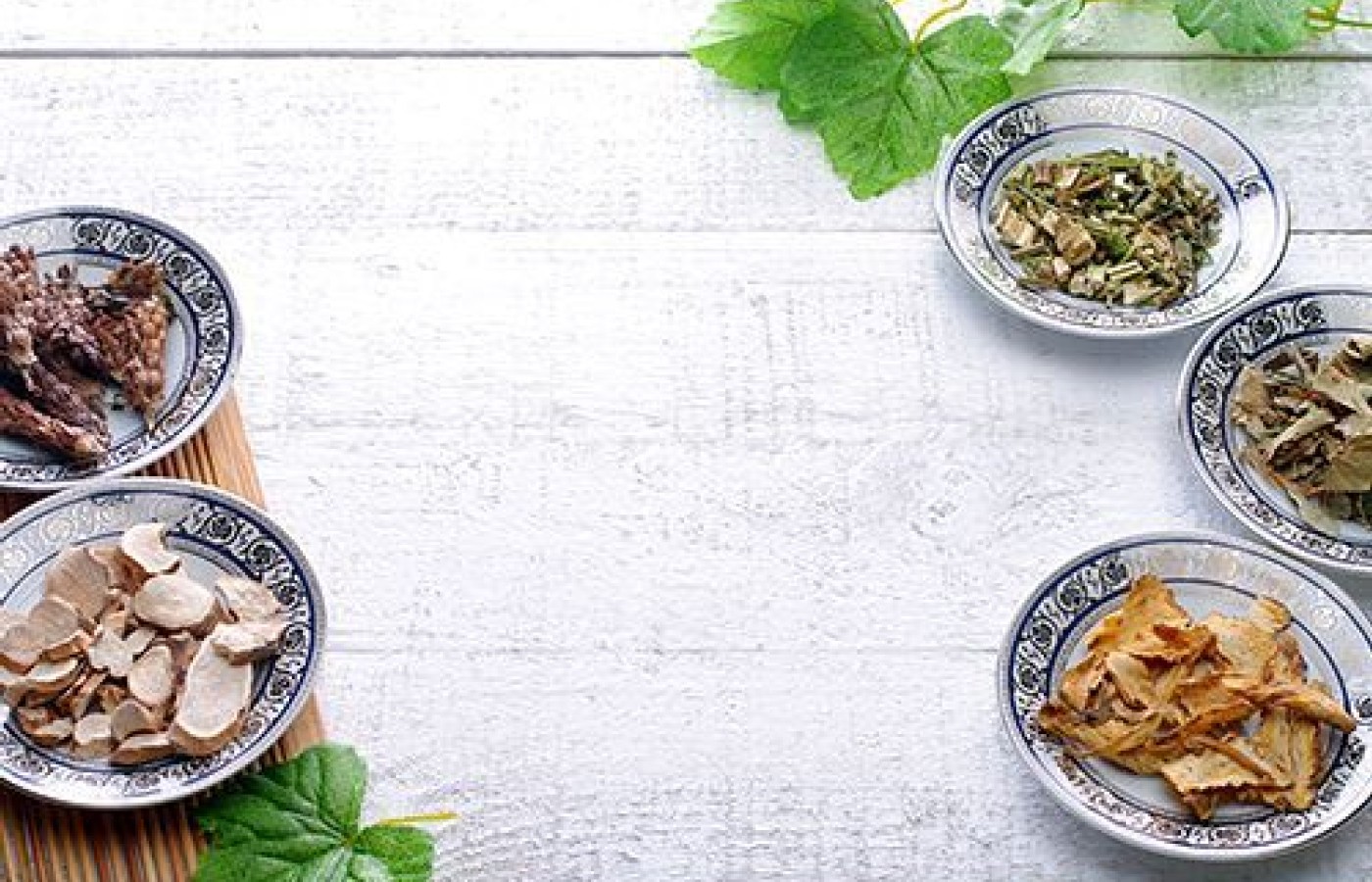Whether you accept it, avoid it or live somewhere in between, insurance coverage has become a defining issue for our profession. Patients increasingly expect to use their benefits, practitioners want to be compensated fairly for their time and expertise, and the system itself remains – at best – fragmented. The encouraging news is that coverage has expanded in meaningful ways. The challenging news is that reimbursement, across the board, remains inadequate.
Clinical Outcomes & Safety for TCHM
The practice of Traditional Chinese Herbal Medicine (TCHM) may appear archaic to those who misunderstand the theories and principals that guide it. In fact, TCHM continues to evolve and new systems are consistently being discovered and applied within the tradition. Modern scientific analyses have also been utilized to look at herbs from a chemical perspective. It is here where in many cases, we may applaud the sages for their categorization of the herbs and the specific rules for the selection, combination, harmonization and processing methods that keep TCHM from being harmful.
The wisdom of TCHM doesn't end with safety. There are numerous TCHM effectiveness studies throughout the world, with heavy concentrations of research located in China, Taiwan and Japan. Detractors point to the poor quality of TCHM research and that products are not required to pass randomized, double-blinded, placebo-controlled studies (RDBPC).
Western medicine pharmaceuticals are expected to prove safety and effectiveness above placebo with RDBPC, prior to a product being release to the market. Pharmaceutical medicines must prove they are doing more good than harm, because in some cases pharmaceutical drugs can cause serious adverse events (SAE), meaning they require a patient to be hospitalized, or worse. TCHM practiced by a licensed practitioner has been under the radar for good reason, the occurrence of adverse events are rare and SAEs extremely rare.

The RDBPC study design may not be appropriate for TCM in many cases, since TCM practitioners do not sort patients by disease, but rather assign individual patient patterns or syndrome identifications that may result in a customized formula versus a one-size-fits all approach.
Patient case studies, outcomes, and evaluations of TCHM effectiveness are possible and are being conducted throughout the world, illustrating trends of effectiveness within TCHM.
Today, I sit with Galina Roofener of Cleveland Clinic to learn how her team conducts outcome studies of their work.
Shellie: Galina, as TCHM attempts to find acceptance in Western medical health care, what issues do you see in regards to research?
Galina: Iman Majd, a Western MD and acupuncture practitioner from Seattle, says it best, "The medical field has many questions in regards to the safety of TCHM. This safety issue, which covers a wide range, including safety of quality of products, efficacy, and interaction with other medications, has created a burden to further include TCHM in mainstream medical services. Medical services provided in conventional medical systems, are accepted based on their safety and efficacy according to a model that is designed for standardized research in Western research."
Shellie: As a medical practitioner at the Cleveland Clinic, what do you consider high-quality research? What are some of the major problems with existing research that deems it inappropriate for your team?
Galina: The biggest issues I see with many articles of current research are as follows:
- No method of traditional preparation is reflected
- No dosage is disclosed
- Frequently there is no form of administration (pill, decoction, granule, etc.) reflected
- Poor-quality sources of herbs lead to safety issues, complicating adverse events, and causation becomes unclear if the event was due to herb or its contaminants
- Modification of research formulas based on individual pattern differentiation
- English translations of research possess additional language complications standardization: Pinyin, Latin binominal, common English names are often intermingled and confusing
Shellie: To improve research quality with TCHM, it is important to begin with the quality of herbs administered in research. The FDA, under Title 21 CFR 111, regulates TCHM products, which is the portion of the law that refers to Good Manufacturing Practices GMPs.
Industry research partners that provide products need to be capable of providing the following:
- Raw material quality and safety aspects
- Preparation and verification of accurate formula (extraction/concent-ration methods)
- Species authentication
- Testing for sulfur dioxide, pesticides, aflatoxins, heavy metals, aristolochic acid
They do so by generating testing reports of:
- Macroscopic, micro-scopic inspection
- TLC (Thin Layer Chromatography)
- Microbiological assays
- GC-MS-MS (gas chromatography - mass spectrometry)
- UPLC-MS-MS (ultra performance liquid chromatography - mass spectrometry)
- ICP-MS (inductively coupled plasma - mass spectrometry)
- List of potential allergen warning of formula components
- Third-party independent labs should also be able to certify these reports
So, my question to you, Galina, is, how does Cleveland Clinic look at these factors?
Galina: These quality issues impede the implementation of TCHM research into mainstream clinical practice. Requirements for the standardization of TCHM research, as well as for clinical practice are necessary, if TCHM is to advance as a medical option for more people. TCM trained researchers are desperately needed. TCM colleges need to begin offering not only DAOM programs, but also PhD studies, with a focus in TCM research.
We have taken on the challenge of research at Cleveland Clinic. In fact, I wrote a paper, which will be published this year, "Prescribed Custom Traditional Chinese Herbal Medicine Clinic Practice Safety Within Cleveland Clinic Integrative and Lifestyle Medicine Department; Outpatient Retrospective Observational Trial." This has been approved by our Institutional Review Board (IRB) and may be a big step leading the way for schools to begin conducting similar research trials.
Shellie: High-quality evaluation tools and research to measure the effectiveness of TCHM in the U.S. are necessary to tell the story of how TCHM performs in patient populations. Continued meta-analyses need to be performed with current research, as well as with practitioner clinic evaluation tools, to determine where TCHM strengths occur. This may make a case for funding for high-quality RDBPC TCHM research.
In the absence of RDBPC or, a comparable scientific account, TCHM may remain prone to skepticism and not fully accepted by the integrative health care model.
Galina: This is an area that we are working diligently to overcome at Cleveland Clinic. We want to conduct our work at the highest available standards, to bring quality care to our patients and better visibility for TCHM. I would like to see more herbal research that is based on TCM pattern differentiation and is clinically relevant available for TCM practitioners in the future.



